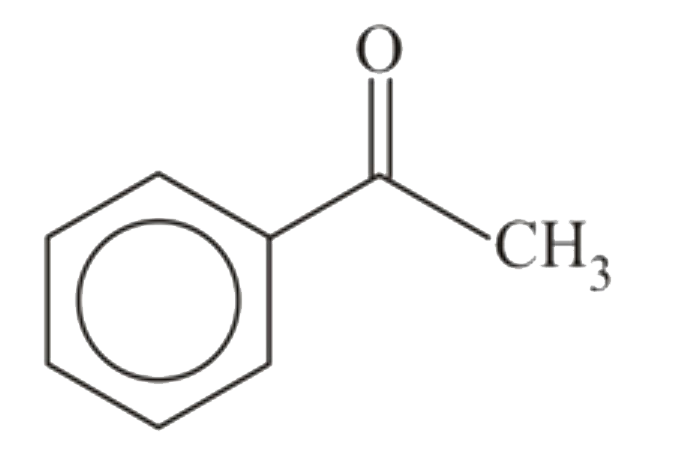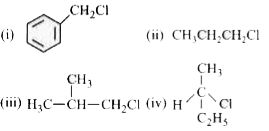Which of the following compound will undergo tatomerism?




The correct Answer is:C
To determine which compound will undergo tautomerism, we need to understand the concept of tautomerism and identify the presence of alpha hydrogens in the given compounds. Tautomerism is a type of isomerism where two structural isomers (tautomers) can readily interconvert, typically involving the relocation of a hydrogen atom and a shift of a double bond.
1. Identify the Compounds: First, we need to list the compounds provided in the question. For the sake of this explanation, let’s assume we have the following compounds:
- Compound A: CH3COCH3 (acetone)
- Compound B: C6H5C(=O)CH3 (acetophenone)
- Compound C: CH3COOH (acetic acid)
- Compound D: CH3C(=CH2)COOH (crotonic acid)
2. Check for Alpha Hydrogens: Tautomerism typically requires the presence of alpha hydrogens (hydrogens attached to the carbon adjacent to the carbonyl group). We will analyze each compound for the presence of alpha hydrogens:
- Compound A (Acetone): Has alpha hydrogens (the methyl groups).
- Compound B (Acetophenone): Has alpha hydrogens (the methyl group adjacent to the carbonyl).
- Compound C (Acetic Acid): Has alpha hydrogens (the methyl group adjacent to the carboxylic acid).
- Compound D (Crotonic Acid): Has alpha hydrogens (the hydrogen on the carbon adjacent to the carbonyl).
3. Evaluate Tautomerization Potential: Next, we need to evaluate whether these compounds can undergo tautomerization:
- Compound A (Acetone): Can undergo tautomerization to form an enol.
- Compound B (Acetophenone): Can undergo tautomerization to form an enol.
- Compound C (Acetic Acid): Can undergo tautomerization to form an enol.
- Compound D (Crotonic Acid): Can undergo tautomerization to form an enol.
4. Conclusion: All the compounds listed can undergo tautomerism due to the presence of alpha hydrogens. However, the most common examples of tautomerism are seen in ketones and aldehydes.
Final Answer:
All of the compounds listed can undergo tautomerism, but typically, ketones and aldehydes are the most recognized examples.
- Compound A: CH3COCH3 (acetone)
- Compound B: C6H5C(=O)CH3 (acetophenone)
- Compound C: CH3COOH (acetic acid)
- Compound D: CH3C(=CH2)COOH (crotonic acid)
- Compound A (Acetone): Has alpha hydrogens (the methyl groups).
- Compound B (Acetophenone): Has alpha hydrogens (the methyl group adjacent to the carbonyl).
- Compound C (Acetic Acid): Has alpha hydrogens (the methyl group adjacent to the carboxylic acid).
- Compound D (Crotonic Acid): Has alpha hydrogens (the hydrogen on the carbon adjacent to the carbonyl).
- Compound A (Acetone): Can undergo tautomerization to form an enol.
- Compound B (Acetophenone): Can undergo tautomerization to form an enol.
- Compound C (Acetic Acid): Can undergo tautomerization to form an enol.
- Compound D (Crotonic Acid): Can undergo tautomerization to form an enol.
All of the compounds listed can undergo tautomerism, but typically, ketones and aldehydes are the most recognized examples.
Topper's Solved these Questions
Similar Questions
Knowledge Check
Which of the following compound will undergo tautomerism?
A B
B C
C D
D
Which of the following compound will undergo tautomerism?
A B
B C
C D
D
Which of the following compound will not undergo amine inversion?
A BCH3−NH−CH3CNH3D
BCH3−NH−CH3CNH3D
Which of the following compounds will undergo racemisation when solution of KOH hydrolyses?

View SolutionWhich of the following compounds will undergo racemisation when solution of alcoholic KOH ?
View SolutionWhich of the following compounds will undergo racemisation when solution is hydrolysed with KOH?

View SolutionWhich of the following compounds will undergo carbylamine reaction?
View SolutionWhich one of the following compounds will undergo meta substitution (mainly) on monochlorination?
View Solution


